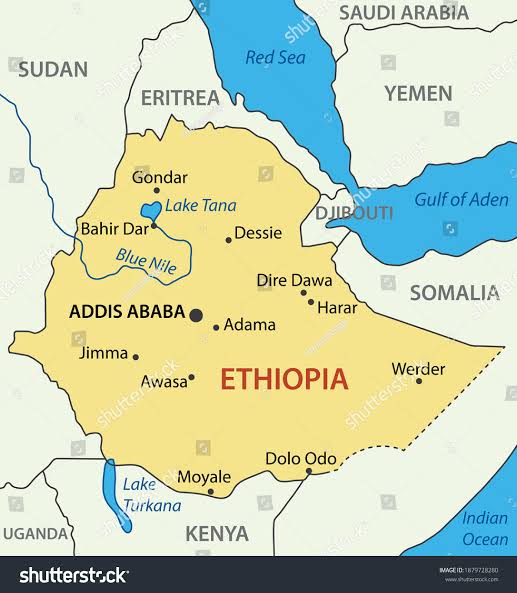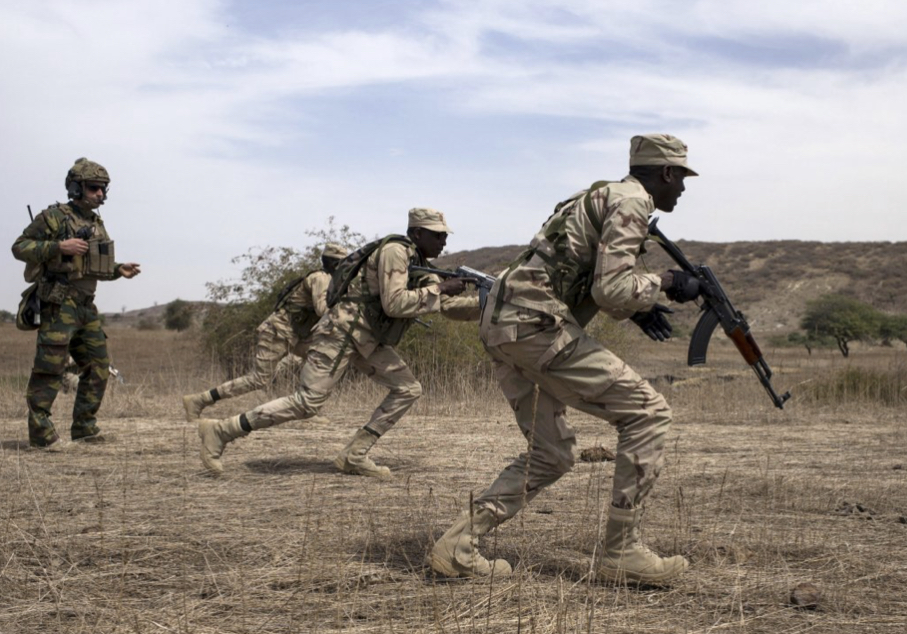Ethiopia is a failing state rapidly rushing toward disintegration, Whether violently or through a carefully managed breakaway, the disintegration of Ethiopia appears to be inevitable. The real question is not if Ethiopia will disintegrate, but when and how…
This reality traps Ethiopia between a rock and a hard place. There is a real possibility of either the status quo or disintegration leading to all-out civil war with unimaginably devastating consequences for Ethiopia and the Horn of Africa.
Viewed more optimistically, nations within Ethiopia may avert the violent bloodshed by opting for an orderly, negotiated breakaway to form independent nation-states. If done properly, it might lead to a better outcome than what has transpired in Ethiopia over the last century and a half.
So far, the international community has operated under the assumption that Ethiopia is too big to fail. The focus should instead be on ensuring the country’s inevitable disintegration transpires in a manner that averts the looming volcano of violence in favor of a smooth and orderly birthing of new democratic states.
Such a move would require Western powers to abandon their commitment to holding states together in places like Ethiopia, no matter the cost. A better approach would be to support and broker an all-inclusive dialogue to avert undue bloodshed and bring about an orderly coming apart of the empire.
EXISTING OBSTACLES
The challenges of breaking apart a country must nonetheless be recognized and include the potential to trigger mass migration across the newly drawn borders, the eruption of conflict within and between the divided states, and quarrels over the division of land and assets between the leaders of these states.
Also, because no ethnic group lives in homogenous and contiguous territory, any state that emerges from the rubble of the Abyssinian empire would need to ensure that minority rights are protected.
However, such challenges pale in comparison to a violent process of disintegration that resembles Yugoslavia during the 1990s. There, after much bloodshed, promising new nation states have at least emerged.
The barriers to ensuring this disintegration happens peacefully, though, include Prime Minister Abiy Ahmed, who would stop at nothing to try and hold Ethiopia together, and quarrelsome ethnic elites, such as the Amhara who lay claim to territories that rightfully belong to Tigray, Oromia, and Benishangul-Gumuz.
The status of Addis Ababa, known as Finfinnee in Afaan Oromoo, is another particularly intractable sticking point. Oromo nationalists claim it as the center of their traditional Gadaa institutions and envision it as the capital of a federated, confederated, or independent Oromia state.
Amhara nationalists also make claims to ownership of the capital. The reality is that no colonizer willingly gives up its claim on the colonized unless they are forced to.
Another reality is that, although Oromo nationalists claim Finfinnee as the center of their indigenous homeland, it has since become a multiethnic capital that is the political, administrative, diplomatic, social, and economic hub of Ethiopia, and so convincing any central government to relinquish power over it would be a tall order.
CYCLE OF WAR
The main argument in favor of striving for an orderly disintegration relates to the cycle of war created by constant efforts to hold Ethiopia together.
Ethiopia was created as a dependent colonial empire with the assistance of European imperial powers in multipronged wars of conquest waged by Emperor Menelik II in the late nineteenth and early twentieth centuries.
During the wars of conquest, the fragmented Abyssinian states were centralized, came to wield state power, and settled their people in the territories of Oromia, Somali, Wolaita, Sidama, and other southern nations.
The settlers were given land taken from the colonized nations, while the religion, language, culture, political systems, and way of life of the settlers were promoted and those of the colonized nations were suppressed.
The colonization of southern nations also involved creating a system of quasi-serfdom where the land of the conquered peoples was converted into the property of the settler colonialists.
The aftereffects of these wars of conquest remain simmering, sometimes in the dark, hidden from plain view, and other times in the open for anyone to see.
The conflicts never end, nor are their ills addressed. The grievances remain active, continuous, and uninterrupted. In this system of shifting alliances, friends become enemies as quickly as enemies become friends, and one community’s legitimate grievances are often used to justify inflicting harm on others.
Ethiopia’s leaders, from Menelik II, to Haile Selassie I, Mengistu Hailemariam, Meles Zenawi, Hailemariam Desalegn, and Abiy Ahmed, have all confronted the seeming impossibility of holding Ethiopia together without resorting to brute force.
As in the past, Abiy’s attempts to use state power to pummel recalcitrant nations into submission have produced disastrous conflicts, this time in Oromia, Tigray, and Amhara.
Nevertheless, international backers – notably the EU and U.S. – have worked with successive Ethiopian regimes, providing diplomatic credence along with massive amounts of bilateral, security, and humanitarian aid. This unholy alliance between national and international actors has enabled Ethiopia’s repressive system and undermined the just demands of the colonized nations.
One common refrain of both Ethiopian and Western leaders involves highlighting the ills associated with Ethiopia’s potential disintegration. These parties keep reminding us that the disintegration of Ethiopia is an evil that should be avoided, even if millions perish to avert it.
STATUS QUO
Since Abiy came to power in 2018, multipronged wars have once again erupted between the Ethiopian state and its constituent nations, namely Tigray, Oromia, and Amhara, even with the help of a foreign, bloodthirsty antagonist, Eritrea, in Tigray.
The ongoing hidden war in Oromia was reenergized in 2018 within months of Abiy being named prime minister by the then-ruling party, the Ethiopian Peoples’ Revolutionary Democratic Front (EPRDF).
The Tigray People’s Liberation Front (TPLF), as the senior party in the EPRDF coalition, was forced to accept a new prime minister from a junior member, the Oromo People’s Democratic Organization (OPDO), due to the unrelenting struggle of the Oromo youth—known as Qeerroo/Qarree.
The new government quickly turned against the Oromo popular movement and denied the protesters’ demands. It adopted mass killing and imprisonment while systematically dismantling their peaceful struggle, effectively forcing many of them to join the armed resistance led by the Oromo Liberation Army (OLA).
When its attempts to obliterate the OLA failed, the Abiy regime turned to a state-sanctioned policy of “drying the pond to kill the fish.” It deployed the federal and regional security forces, Amhara and Oromo militias, and local settler Amhara groups in Oromia to loot, rape, and kill at will.
In the meantime, Abiy demolished the ruling party and formed a new party in 2019, the Prosperity Party, to promote his imperial ambition in the mold of emperors Menelik II and Haile Selassie I.




